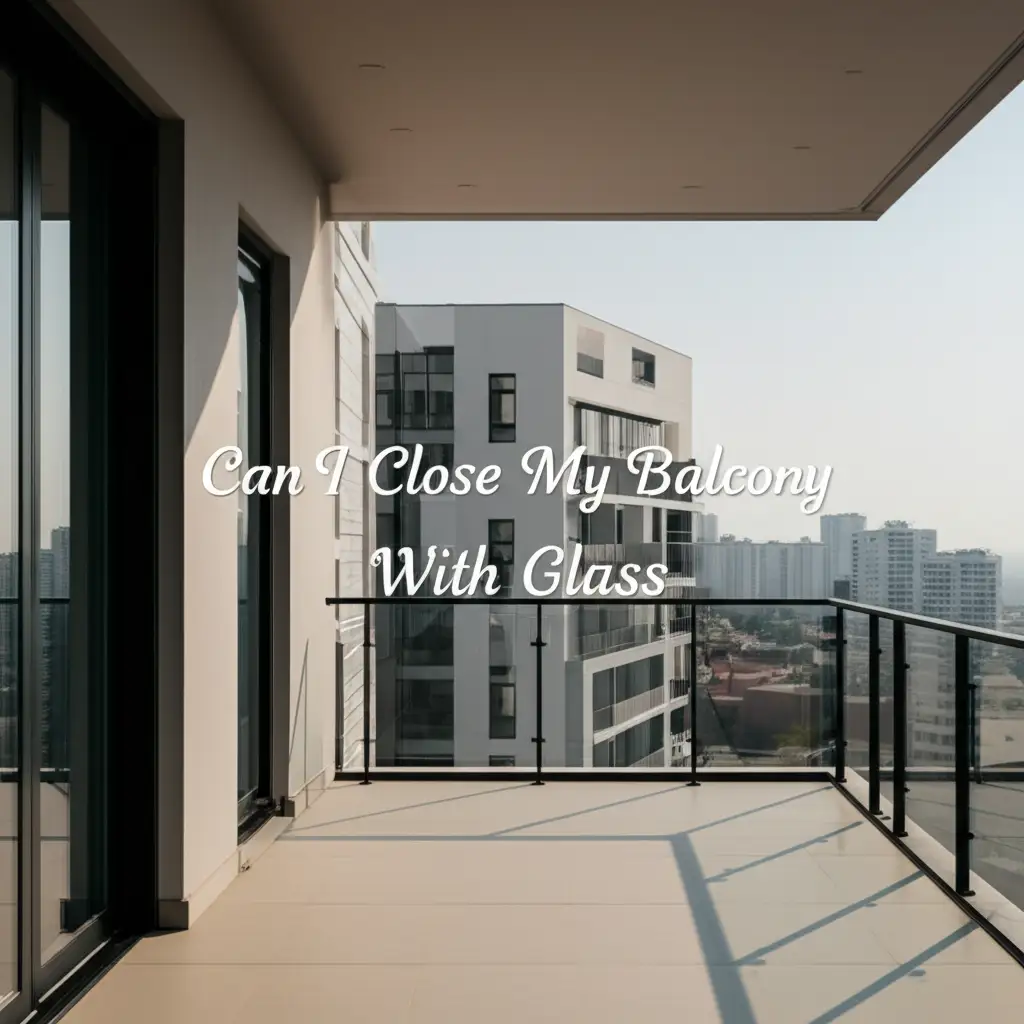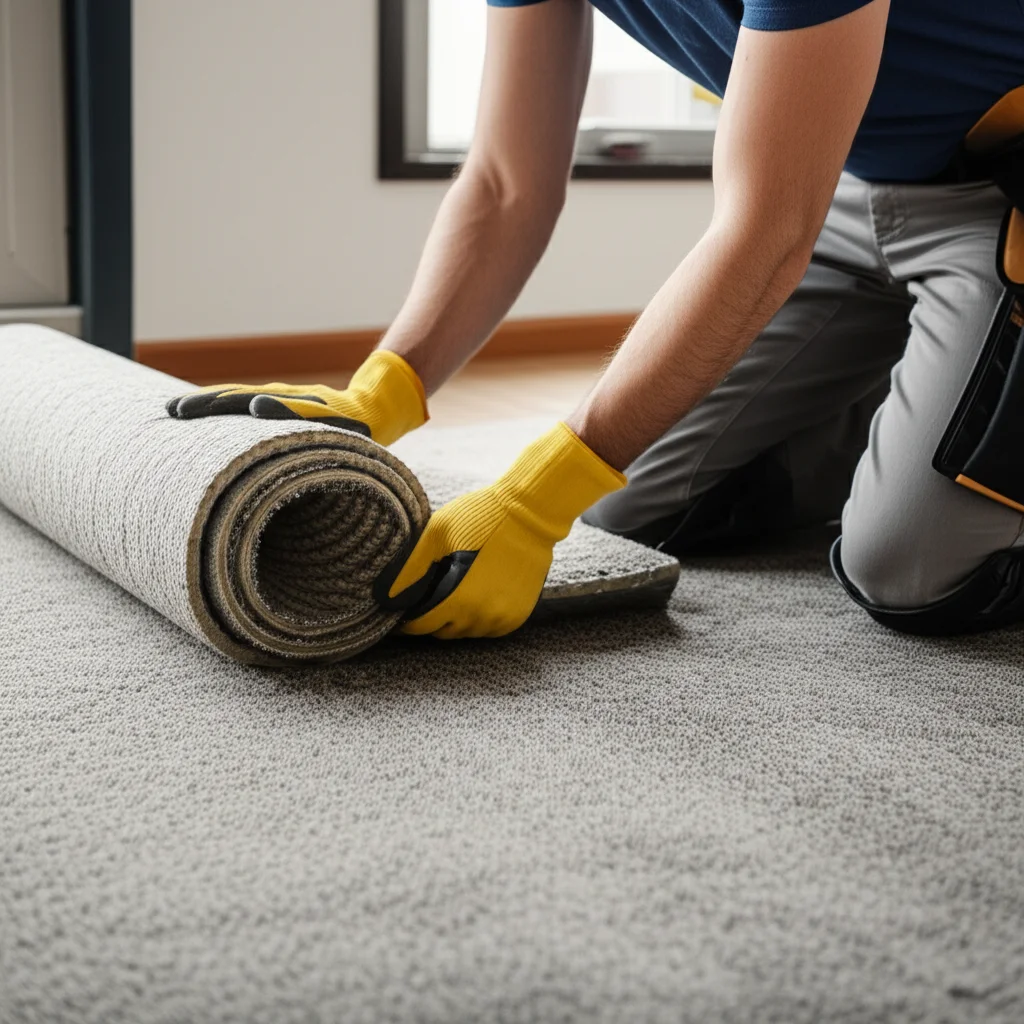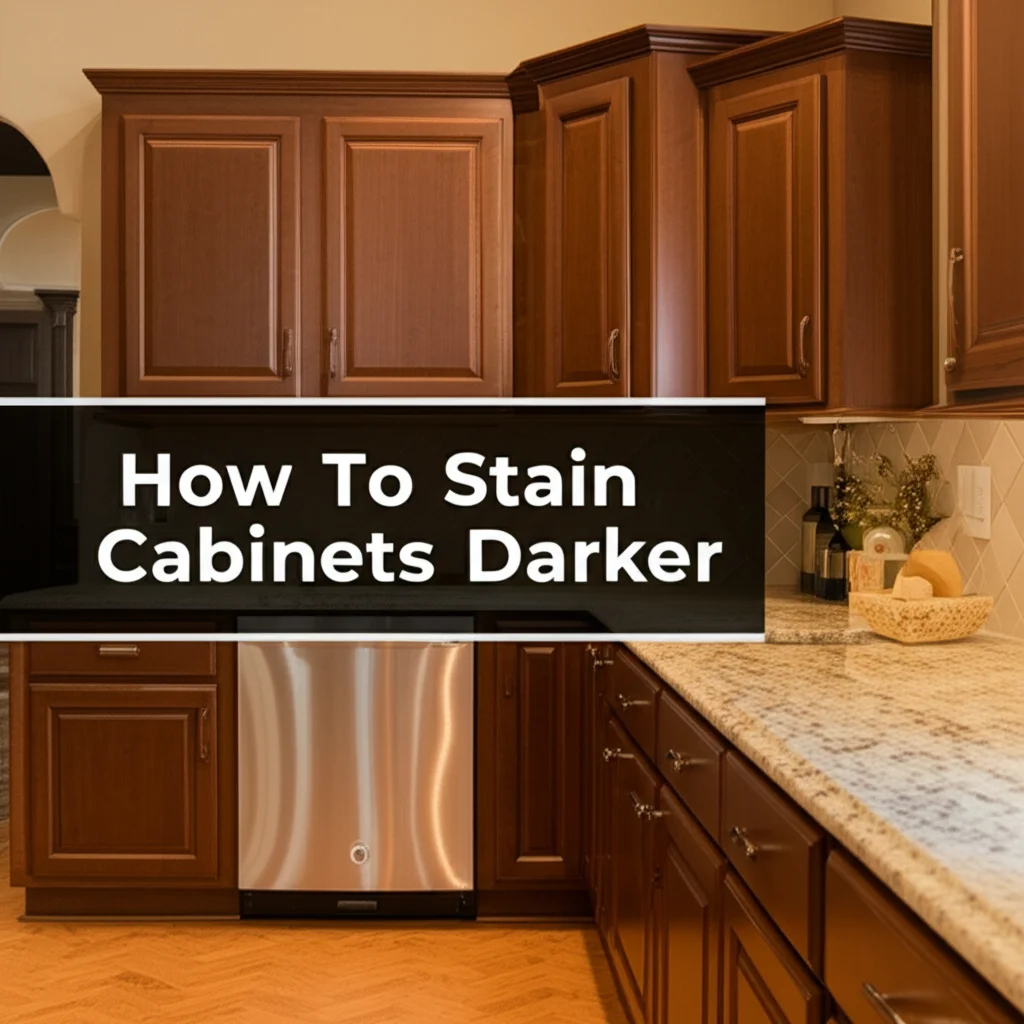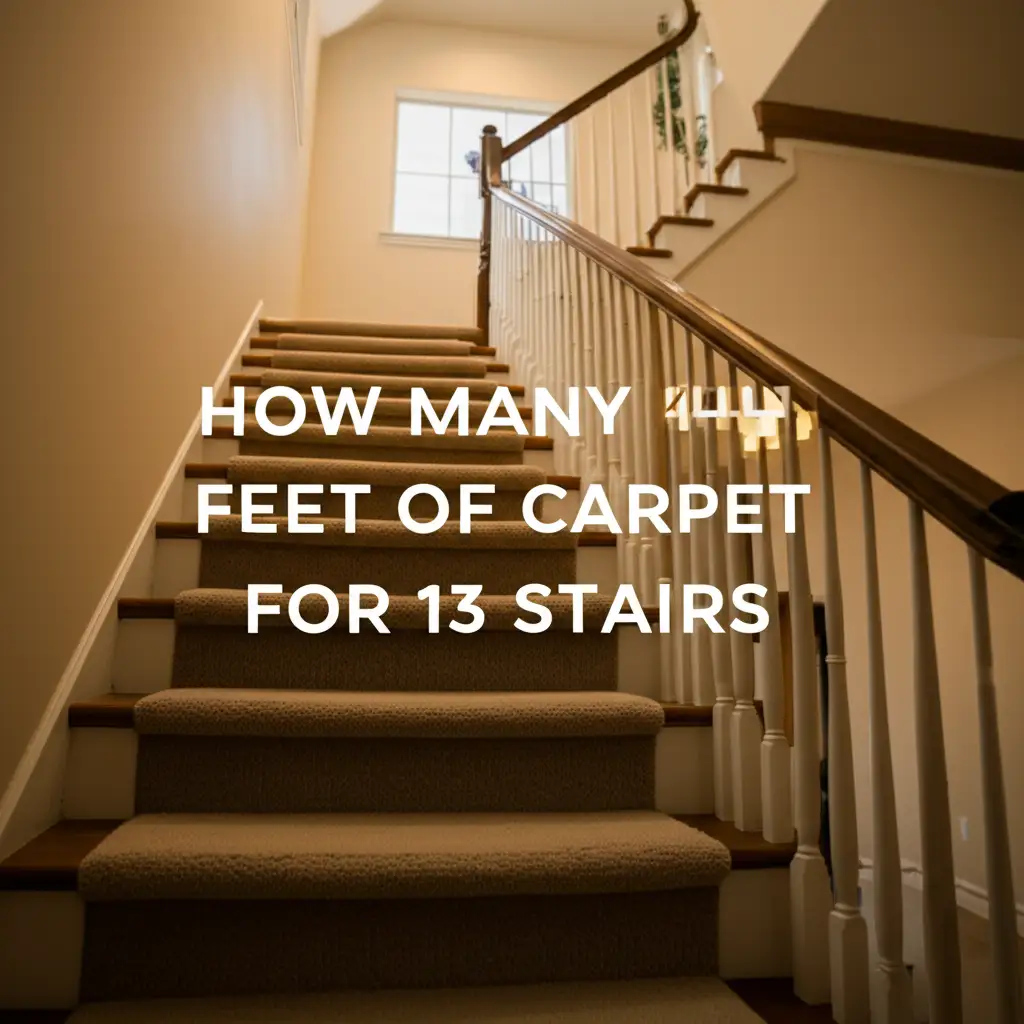· Todd Martin · Home Improvement · 20 min read
Can I Close My Balcony With Glass

Transform Your Space: Can You Close Your Balcony With Glass?
Imagine your balcony, usually exposed to the elements, suddenly transforming into a cozy, functional extension of your home. Many homeowners dream of this change. They often ask, “Can I close my balcony with glass?” This question opens up a world of possibilities for enhanced living spaces.
Enclosing your balcony with glass offers many benefits, from weather protection to noise reduction. It can add significant value and utility to your property. This guide explores every aspect of glass balcony enclosures. We will cover the legalities, different types of systems, installation details, and long-term care. Get ready to discover how you can convert your outdoor space into an all-season haven.
Takeaway: Your Balcony Can Be More
- Yes, generally you can close your balcony with glass, but always check local regulations.
- Glass enclosures offer weather protection, noise reduction, and added living space.
- Consider various glass types and system designs to fit your needs.
- Professional installation ensures safety and compliance.
- Regular cleaning and maintenance keep your glass enclosure clear and functional.
You can often close your balcony with glass, converting it into a versatile, protected space. However, this project requires careful planning. You must check local building codes, obtain necessary permits, and consider any homeowner association rules before starting.
Understanding the Possibility: Can I Close My Balcony With Glass?
Many people ask, “Can I close my balcony with glass?” The short answer is often yes, but with important considerations. Enclosing a balcony involves changing your property’s structure. This means you must follow specific rules and guidelines. These rules vary by location and property type.
Local building codes dictate what you can build. They cover aspects like structural integrity, fire safety, and ventilation. Homeowner association (HOA) rules are also important if you live in a condo or apartment. They often have strict rules about exterior changes. Ignoring these rules can lead to fines or the forced removal of your enclosure. Always begin your project by researching these regulations thoroughly.
Legal and Regulatory Considerations for Balcony Enclosures
Before you begin to close your balcony with glass, legal and regulatory steps are important. Ignoring these steps can cause problems. Each city, state, and country has its own building codes. These codes ensure safety and structural stability. They prevent unsafe modifications.
Homeowner associations (HOAs) also have rules. These rules protect property values and maintain a uniform appearance. They can prevent specific types of glass enclosures. They may also require certain aesthetics or materials. You must get approval from your HOA before you start any work. Always submit your plans for review.
Permits and Approvals
You almost always need a building permit to enclose a balcony. This permit shows that your plans meet local safety and construction standards. The application process involves submitting detailed drawings. These drawings show the design, materials, and structural changes. You might need an engineer to sign off on these plans. The permitting office reviews your application. They check for compliance with zoning laws and building codes. Do not start work until you have the permit in hand.
Zoning and Building Codes
Zoning laws define how land can be used. They may limit the size or type of structures on your property. Building codes cover structural integrity, materials, and safety features. For balcony enclosures, codes often specify glass type. They also cover ventilation requirements. They ensure the enclosure does not pose a fire hazard. They also ensure it can withstand local weather conditions. Understanding these codes is important for a safe and legal installation.
Homeowner Association (HOA) Rules
If you live in a community with an HOA, their rules are critical. HOAs aim to maintain a consistent look for all units. They might have specific guidelines on balcony enclosures. These could include material types, color schemes, or design styles. Some HOAs may ban glass enclosures entirely. Always check your HOA’s governing documents. Submit an application for architectural review. Get written approval before you proceed. This prevents future disputes.
Benefits of Closing Your Balcony With Glass
Closing your balcony with glass offers many advantages. It transforms an open space into a versatile area. This adds comfort and function to your home. People often consider this upgrade for various reasons. The benefits are clear and practical.
One major benefit is protection from the elements. Wind, rain, and snow no longer affect your balcony. This means you can use the space year-round. It also keeps your outdoor furniture cleaner. You spend less time cleaning up after storms. This makes the balcony a more reliable space.
Enhanced Weather Protection and Comfort
A glass enclosure shields your balcony from harsh weather. Rain, snow, and strong winds are no longer a problem. This means you can use your balcony even on bad weather days. It protects furniture and finishes from sun damage. It also reduces dust and pollen. This creates a cleaner environment. The enclosure adds an insulation layer. This can help regulate indoor temperatures. Your home stays warmer in winter and cooler in summer.
Noise Reduction and Privacy
Glass acts as a sound barrier. Enclosing your balcony can greatly reduce noise from outside. This is especially helpful if you live near a busy street or in a noisy neighborhood. The glass dampens traffic sounds and other city noises. This creates a quieter indoor environment. Some glass types offer better sound insulation. Frosted or tinted glass can also add privacy. This makes your balcony feel more secluded.
Added Living Space and Functionality
When you close your balcony with glass, you gain usable living space. This space can become a sunroom, a home office, or a quiet reading nook. It is no longer just an outdoor area. It becomes an extension of your indoor living space. This adds flexibility to your home layout. You can also use it for more storage. This extra room can be a valuable addition.
Improved Aesthetics and Property Value
A well-designed glass balcony enclosure can enhance your home’s appearance. It can give your property a modern, elegant look. This upgrade makes your home stand out. It also often increases property value. Potential buyers see an enclosed balcony as an extra room. This adds to the home’s appeal. It makes your property more desirable in the market.
Pest Control and Cleaner Environment
An enclosed balcony acts as a barrier against pests. Birds, insects, and other small animals cannot easily enter. This keeps your balcony area cleaner. You will spend less time dealing with bird droppings or spider webs. For tips on managing pests, see our guide on how to stop pigeons coming on my balcony. The glass also reduces dust and debris. This leads to less frequent cleaning of your balcony. For advice on keeping your outdoor space tidy, you can also check out how to clean balcony.
Types of Glass Balcony Enclosure Systems
When you decide to close your balcony with glass, you find various system options. Each type offers different features. The best choice depends on your needs and budget. Understanding these systems helps you make an informed decision. Some systems are fixed, while others can open fully.
Frameless glass systems offer a sleek, modern look. They provide unobstructed views. Framed systems offer more structural stability. They might be better for certain designs. Sliding and folding systems offer flexibility. You can open them on nice days. Fixed panels create a permanent sunroom. Think about how you want to use the space.
Frameless Glass Systems
Frameless glass systems are popular for their minimalist look. They use thick, tempered glass panels. These panels typically slide or fold. There are no vertical frames between the glass sections. This offers unobstructed views. The hardware is usually hidden or very slim. This system provides a clean, modern aesthetic. It allows maximum light into the space. Frameless systems are good for people who want seamless integration.
Framed Glass Systems
Framed glass systems use aluminum or PVC frames. These frames hold each glass panel. The frames provide extra stability and support. They are often more cost-effective than frameless options. Framed systems come in various colors and finishes. This allows for customization. They are robust and durable. They are suitable for many building styles. Framed systems offer good thermal and acoustic insulation.
Sliding Glass Enclosures
Sliding glass enclosures consist of panels that slide horizontally. They stack neatly at one end. This allows for partial or full opening of the balcony. The panels glide along tracks. They are easy to operate. Sliding systems are practical for everyday use. They offer flexibility in ventilation. You can open them a little for airflow. You can open them fully on warm days.
Folding or Bi-Fold Glass Enclosures
Folding glass enclosures have panels that fold in an accordion style. They stack against a wall. This creates a wide opening. Bi-fold systems are great for maximizing open space. They connect your indoor and outdoor areas seamlessly. When closed, they provide full protection. When open, they allow free flow of air and people. This system works well for entertaining.
Fixed Glass Panels
Fixed glass panels create a permanent enclosure. These panels do not open. They form a sealed space. This option is suitable if you want a sunroom or a dedicated extra room. Fixed panels offer maximum thermal insulation. They provide excellent weather protection. They are a good choice for converting a balcony into a true extension of your home. They are simple and secure.
Choosing the Right Glass Type for Your Balcony Enclosure
Selecting the correct glass type is important when you close your balcony with glass. The glass choice affects safety, insulation, and durability. Different types of glass offer different benefits. Consider your local climate and specific needs. The right glass ensures your enclosure functions well.
You can choose from tempered, laminated, insulated, or low-E glass. Tempered glass is strong and safe. Laminated glass offers extra security. Insulated glass improves energy efficiency. Low-E glass helps with temperature control. Each type serves a distinct purpose.
Tempered Glass
Tempered glass is a safety glass. It is much stronger than regular glass. If it breaks, it shatters into small, blunt pieces. This reduces the risk of injury. Tempered glass is a must for balcony enclosures. It can withstand impacts better. It also handles temperature changes well. This makes it ideal for outdoor use. Most building codes require tempered glass for balconies.
Laminated Glass
Laminated glass consists of two or more glass panes bonded with a plastic interlayer. This interlayer holds the glass together if it breaks. It prevents the glass from falling out of the frame. This type of glass offers enhanced security. It is harder to break through. Laminated glass also provides good sound insulation. It blocks harmful UV rays. This protects your indoor furnishings from fading.
Insulated Glass Units (IGUs)
Insulated Glass Units (IGUs) are also known as double-glazing. They have two or more panes of glass separated by a sealed air or gas space. This space improves thermal insulation. It reduces heat transfer. IGUs keep your enclosed balcony warmer in winter and cooler in summer. This can lower your energy bills. They also offer better sound insulation than single-pane glass.
Low-Emissivity (Low-E) Glass
Low-E glass has a microscopic coating on one surface. This coating reduces heat transfer. It reflects infrared light. This means heat stays inside during winter. It stays outside during summer. Low-E glass significantly improves energy efficiency. It also blocks UV rays. This protects your furniture and floors. It is often combined with insulated glass units. This creates a very efficient enclosure.
The Installation Process and Professional Help
Installing a glass balcony enclosure is a significant project. It requires precision and expertise. While some DIY enthusiasts might consider it, professional help is often best. This ensures safety, compliance, and a lasting result. The process involves several key steps.
A professional installer understands building codes. They have the right tools and experience. They can handle unexpected challenges. They also ensure the structure is sound and sealed correctly. This prevents issues like leaks or drafts.
Planning and Measurement
The first step is detailed planning. A professional will measure your balcony precisely. They assess the existing structure. They check its ability to support the added weight. They also consider ventilation needs. They discuss your design preferences. This planning phase ensures the enclosure fits perfectly. It also identifies any potential structural issues.
Fabrication of Glass Panels and Frames
Once measurements are complete, the glass panels and frames are custom-made. This process takes place off-site. The glass is cut to exact specifications. It is then tempered or laminated as needed. The frames are built from durable materials. Quality control is important at this stage. Custom fabrication ensures a perfect fit for your balcony.
Site Preparation
Before installation, the balcony area needs preparation. This might involve cleaning the floor and walls. You may need to repair any existing damage. Ensuring a level surface is important for proper alignment. The installation team will ensure the area is clear and safe for work. This step sets the stage for a smooth installation.
Installation of Tracks and Frames
The installation begins with attaching the bottom and top tracks. These tracks guide the glass panels. The frames are then securely mounted to the balcony structure. This step requires precise alignment. Proper anchoring ensures stability. The tracks and frames form the main support system for the glass.
Placing the Glass Panels
After the frames are in place, the glass panels are carefully inserted. Each panel is lifted and secured within its designated slot. Installers check for smooth operation if it is a sliding or folding system. They ensure proper sealing between panels. This prevents drafts and water leaks. This step demands careful handling to prevent glass damage.
Sealing and Finishing Touches
The final stage involves sealing all joints and gaps. This creates a weather-tight enclosure. Sealants prevent water penetration and air leaks. Installers also add any necessary trim or finishing elements. They clean the glass thoroughly. They ensure all components function correctly. This makes the enclosure ready for use.
Maintaining Your Glass Balcony Enclosure
Once you close your balcony with glass, proper maintenance is key. Regular care keeps your enclosure looking good and functioning well. Neglecting maintenance can lead to issues over time. Simple steps can ensure longevity.
Cleaning the glass is an obvious task. But you also need to check seals and moving parts. This prevents major problems. A well-maintained enclosure provides long-term enjoyment. It also protects your investment.
Regular Cleaning of Glass Panels
Cleaning your glass panels regularly is important. Dust, pollen, and rain can leave marks. Use a soft cloth or squeegee with a non-abrasive glass cleaner. Avoid harsh chemicals that can damage coatings. For stubborn stains, try a mix of vinegar and water. This is an effective way to clean glass. You can find more tips on how to clean glass with vinegar. Wipe frames clean as well. Regular cleaning maintains clear views. It also keeps your enclosure looking new. For general glass cleaning, you can also refer to how to clean glass without glass cleaner.
Checking Seals and Gaskets
The seals and gaskets around the glass panels are important. They prevent water and air leaks. Inspect them periodically for cracks or deterioration. Over time, sunlight can degrade these materials. If you find damage, replace the seals promptly. This maintains the enclosure’s weatherproofing. It also helps with energy efficiency.
Lubricating Moving Parts (for Sliding/Folding Systems)
If your enclosure has sliding or folding panels, lubricate the tracks and rollers. This ensures smooth operation. Use a silicone-based lubricant. Apply it to the moving parts. This prevents sticking and wear. Do this once or twice a year. Keep the tracks free of dirt and debris. This extends the life of your system.
Inspecting Frames and Hardware
Periodically check the frames and hardware for damage. Look for loose screws or corrosion. Tighten any loose fasteners. Address any signs of rust. Prompt repairs prevent minor issues from becoming major problems. This keeps your enclosure secure and stable. Ensure all components are in good working order.
Potential Challenges and Solutions for Glass Balcony Enclosures
While enclosing your balcony with glass offers many benefits, you might face some challenges. Knowing these potential issues beforehand helps you plan better. You can then prepare solutions. Most challenges have practical answers.
Common concerns include managing temperature, dealing with condensation, and ensuring proper ventilation. Costs can also be a challenge. Addressing these points during planning saves trouble later. Good planning leads to a successful enclosure.
Overheating and Ventilation
A glass enclosure can trap heat, especially in sunny climates. This can make the space uncomfortably hot. To solve this, consider ventilation options. Sliding or folding panels allow you to open the space for airflow. Install ceiling fans or small wall vents. Solar-control glass or low-E coatings also help reduce heat gain. Proper ventilation is important to maintain comfort.
Condensation Issues
Condensation can form on glass surfaces, especially in humid or cold conditions. This happens when warm, moist air meets a cold glass surface. To reduce condensation, ensure good air circulation. You can open windows slightly or use a dehumidifier. Insulated glass units (IGUs) also significantly reduce condensation. They keep the inner pane warmer. Proper sealing prevents moisture from entering the structure.
Cleaning Access and Maintenance
Reaching all parts of the glass for cleaning can be a challenge. This is especially true for higher floors. For exterior glass, consider professional window cleaning services. They have the equipment to clean safely. For interior glass, make sure panels can open for easy access. Design your enclosure with maintenance in mind. Ensure all parts are reachable for cleaning and inspection.
Structural Load and Support
Adding a glass enclosure adds weight to your balcony. You must ensure the existing structure can support this extra load. This is a critical safety consideration. A structural engineer can assess your balcony. They can determine if reinforcements are needed. Never proceed without this assessment. An overloaded balcony is a serious safety hazard.
The Cost of Enclosing Your Balcony with Glass
The cost of enclosing your balcony with glass varies widely. Many factors influence the final price. Understanding these factors helps you budget accurately. Getting multiple quotes is always a good idea. The investment can be significant, but the added value and utility often justify it.
Factors include the size of your balcony, the type of glass system, and the chosen glass type. Installation complexity also plays a role. Custom features or extensive structural changes will increase costs.
Factors Influencing Cost
- Size of Balcony: Larger balconies require more glass and materials, increasing the overall cost.
- System Type: Frameless systems are generally more expensive than framed ones. Folding systems can also be pricier than simple sliding ones.
- Glass Type: Tempered glass is standard. Laminated, insulated, or low-E glass will add to the cost due to their enhanced properties.
- Frame Material: Aluminum frames are common. Other materials like PVC might have different price points.
- Installation Complexity: Balconies on higher floors or those requiring extensive structural reinforcement will cost more to install.
- Custom Features: Special colors, automated opening systems, or unique designs add to the price.
Budgeting Tips
- Get Multiple Quotes: Contact several reputable installers. Compare their bids. This helps you understand market prices.
- Define Your Needs Clearly: Know exactly what you want before getting quotes. This prevents unexpected charges later.
- Consider Long-Term Value: While initial cost is important, think about energy savings and increased property value. High-quality materials can save money in the long run.
- Factor in Permits: Remember to include permit fees in your budget. These are necessary costs.
- Set Aside a Contingency Fund: Always have extra money for unexpected issues. A 10-15% contingency fund is wise.
- DIY vs. Professional: While DIY might seem cheaper, professional installation reduces risks. It ensures a high-quality, compliant enclosure. This often saves money on repairs in the future.
Is a Glass Enclosure Right For Your Balcony?
Deciding whether to close your balcony with glass is a personal choice. It depends on your lifestyle and property. Weigh the pros and cons carefully. Consider how you use your balcony now. Think about how you wish to use it in the future. This project can greatly enhance your home.
It provides a flexible space. This space protects you from weather and noise. It can also add property value. However, it involves costs and regulatory steps. Evaluate your needs and budget before committing to this transformation.
Weighing the Pros and Cons
Pros:
- Extended Usability: Enjoy your balcony year-round, regardless of weather.
- Increased Living Space: Gain an extra room for various purposes.
- Noise Reduction: Create a quieter home environment.
- Energy Efficiency: Potentially lower heating and cooling costs with insulated glass.
- Property Value Increase: Adds an attractive feature that can boost resale value.
- Protection from Elements: Shields furniture and interior from sun, rain, and dust.
- Pest Control: Keeps unwanted birds and insects out.
Cons:
- Cost: Initial investment can be high.
- Regulatory Hurdles: Requires permits and HOA approval.
- Ventilation Challenges: Can lead to overheating if not planned correctly.
- Condensation: Potential for moisture buildup.
- Maintenance: Requires regular cleaning and inspection.
- Reduced Open-Air Feel: Less direct exposure to outside air and sun when closed.
Personal Needs and Lifestyle
Consider how a glass enclosure fits your lifestyle. Do you live in an area with extreme weather? Do you need more quiet space? If you desire year-round use of your balcony, an enclosure is a great idea. If you love direct open air, a fully opening system is important. Think about your privacy needs. Consider how much natural light you want. Your personal preferences guide the best system choice.
Climate Considerations
Your local climate plays a big role. In cold climates, insulated glass and good sealing are crucial for warmth. In hot, sunny climates, low-E glass and ventilation options are important. They prevent overheating. Wind exposure also matters. Strong winds require robust systems and extra strong glass. Tailor your glass enclosure to your climate.
Frequently Asked Questions (FAQ)
Do I need a permit to enclose my balcony with glass?
Yes, you almost always need a building permit to enclose a balcony. This project changes the structure of your property. Permits ensure your plans meet local building codes and safety standards. Always check with your local planning department and any homeowner association rules before starting work.
How long does it take to install a glass balcony enclosure?
The installation time for a glass balcony enclosure varies. It depends on the system type and balcony size. Typically, once all custom glass and frames are fabricated, the on-site installation can take anywhere from a few days to a week. Planning, permitting, and fabrication add several weeks or even months to the total project timeline.
How much does it cost to close a balcony with glass?
The cost to close a balcony with glass ranges widely. It can be anywhere from a few thousand dollars to tens of thousands. Factors influencing price include balcony size, glass type (tempered, insulated, low-E), system type (frameless, framed, sliding, folding), and installation complexity. Getting multiple quotes helps determine a realistic budget.
Can glass balcony enclosures improve energy efficiency?
Yes, glass balcony enclosures can improve energy efficiency. Especially if you use insulated glass units (IGUs) or low-emissivity (low-E) glass. These types of glass reduce heat transfer, keeping your home warmer in winter and cooler in summer. This added insulation can lead to lower heating and cooling costs over time.
How do I clean the exterior of a glass balcony enclosure?
Cleaning the exterior of a glass balcony enclosure, especially on higher floors, can be challenging. For inaccessible areas, hiring professional window cleaners is the safest and most effective option. For reachable sections, use a long-handled squeegee, a soft cloth, and a gentle glass cleaner. Always ensure your safety when cleaning.
Are there any restrictions on glass type for balcony enclosures?
Yes, there are restrictions on glass type. Building codes generally require tempered safety glass for balcony enclosures to minimize injury risk upon breakage. Laminated glass may also be required or recommended for enhanced security and sound insulation. Always confirm local code requirements with your permitting office or installer.
Conclusion
The question “Can I close my balcony with glass?” has a clear answer: yes, you can. This transformation can add a valuable and versatile space to your home. It goes beyond just aesthetics. A glass enclosure offers protection from weather, reduces noise, and expands your living area. It can truly turn an underutilized outdoor space into an all-season haven.
Remember to consider all aspects before starting. Research local building codes and secure necessary permits. Consult with your homeowner association. Choose the right glass system and type for your climate and needs. Always opt for professional installation to ensure safety and quality. Once complete, regular maintenance will keep your glass balcony enclosure looking great and functioning perfectly for years to come. Start planning today to enjoy the many benefits of your newly enclosed balcony.





